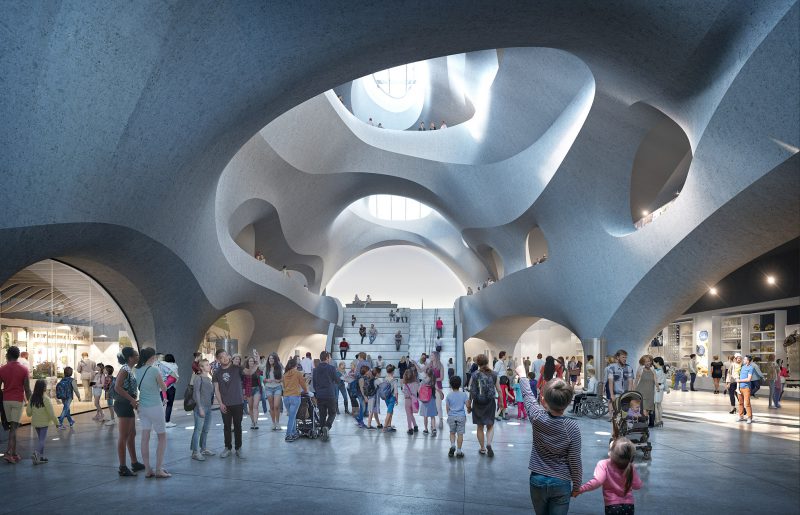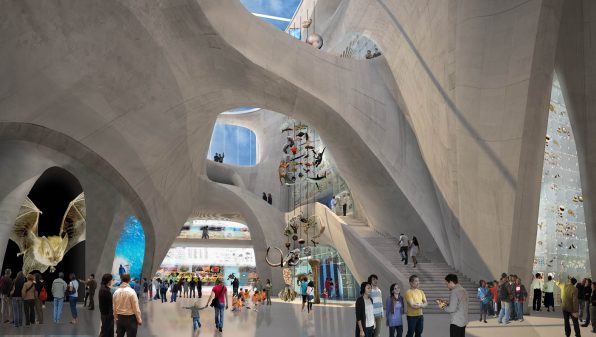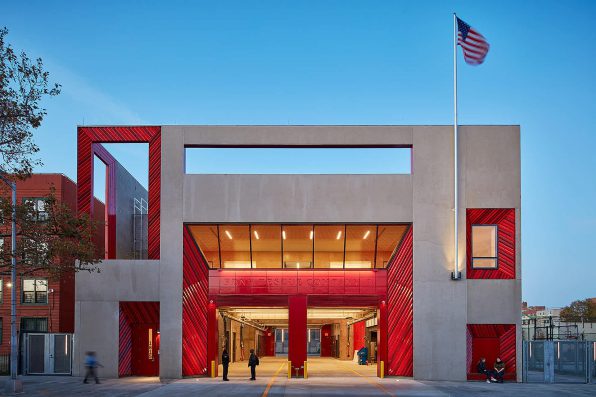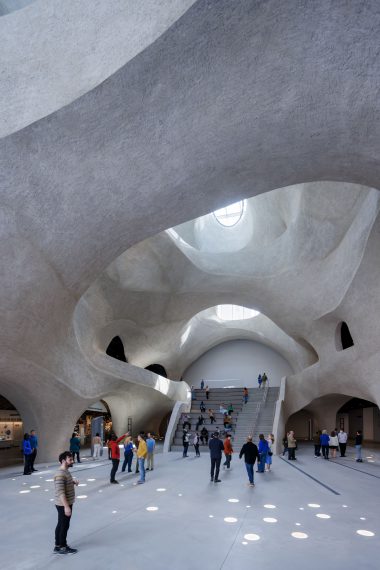New York Times — “Museum of Natural History’s New Science Center Takes Shape"
‘In 2014, when the American Museum of Natural History first announced plans for a major expansion devoted to science, the museum president, Ellen V. Futter, talked about the “gap in the public understanding of science at the same time when many of the most important issues have science as their foundation.”
Now, in a world that has been transformed by the mounting dangers of climate change and the coronavirus pandemic, that concern has become ever more pressing, Futter said, and it has informed the construction of the museum’s $431 million Richard Gilder Center for Science, Education and Innovation, the finer details of which were unveiled on Monday, along with a new opening date of next winter.
“It’s only become more intensified and urgent in a post-truth world where we also have acute threats to human health in the form of the pandemic and to the environment,” Futter said in an interview. “At the same time, we have a crisis in science literacy and education in this country and we have denial of science.
“This is a building for our time,” Futter said of the 230,000-square-foot structure that is visibly taking shape along Columbus Avenue near West 79th Street. She added that it “speaks to some of the greatest issues before us as a society, as a natural world.”
During a recent hard-hat tour of the six-story structure featuring an undulating stone and glass exterior, the architect Jeanne Gang said the building is “about connections.” Architecturally, for example, Milford pink granite was used for the Central Park West entrance, designed by John Russell Pope, in the 1930s. The same stone, from a nearby quarry, is being used for the west facade of the new project.’
Related
New York Times — “Natural History Museum’s Expansion: Part Dr. Seuss, Part Jurassic Park”
New York Times architecture critic Michael Kimmelman offers a fresh take on the American Museum of Natural History’s latest expansion designed by Studio Gang.
New York Magazine — "The Elemental Architecture of Jeanne Gang"
“A Chicago architect renowned for her sublime engineering makes buildings that really work for New Yorkers.”



